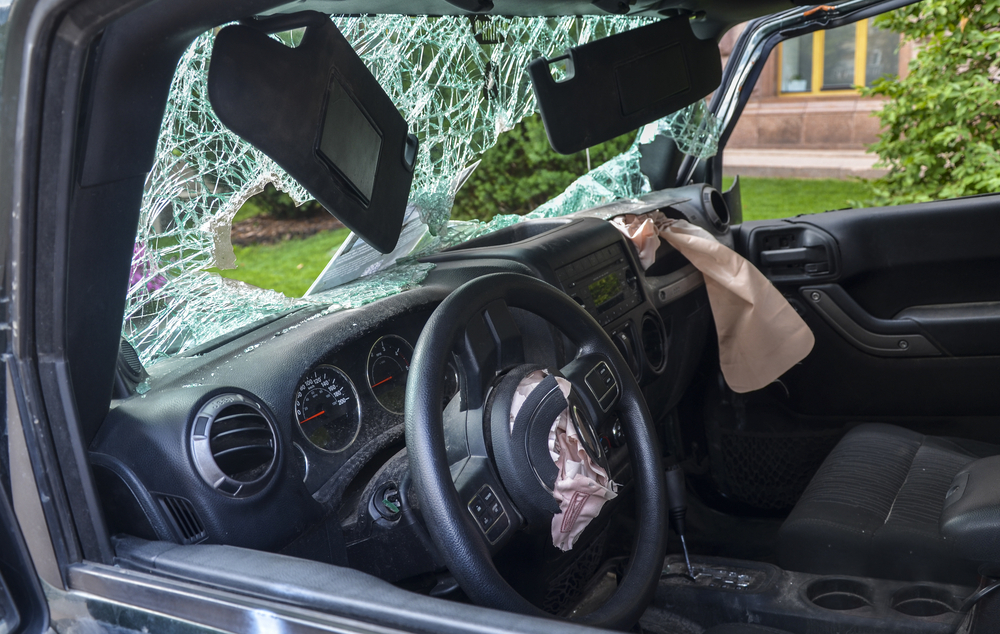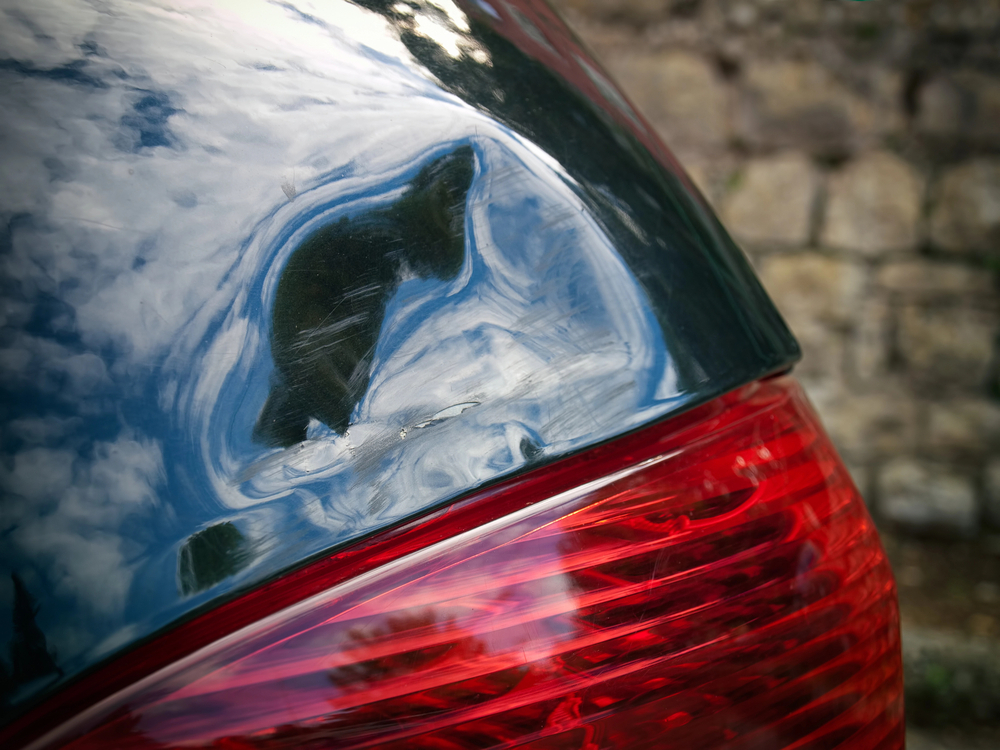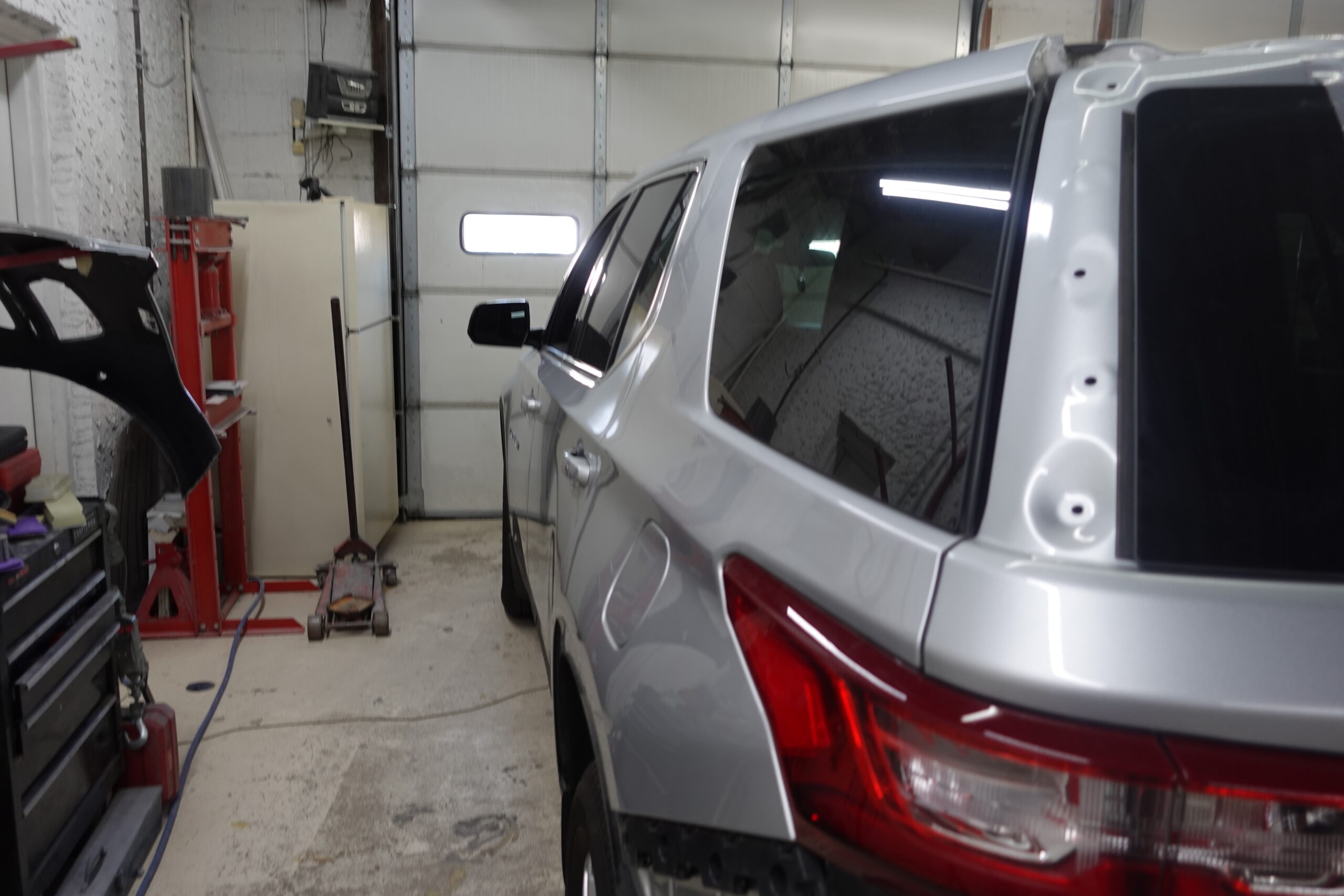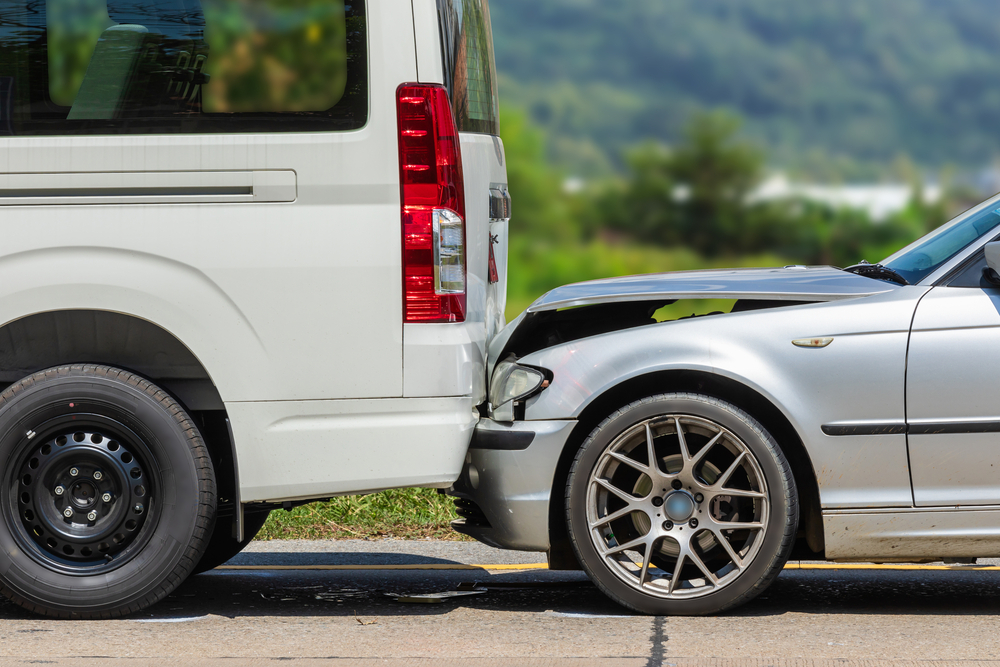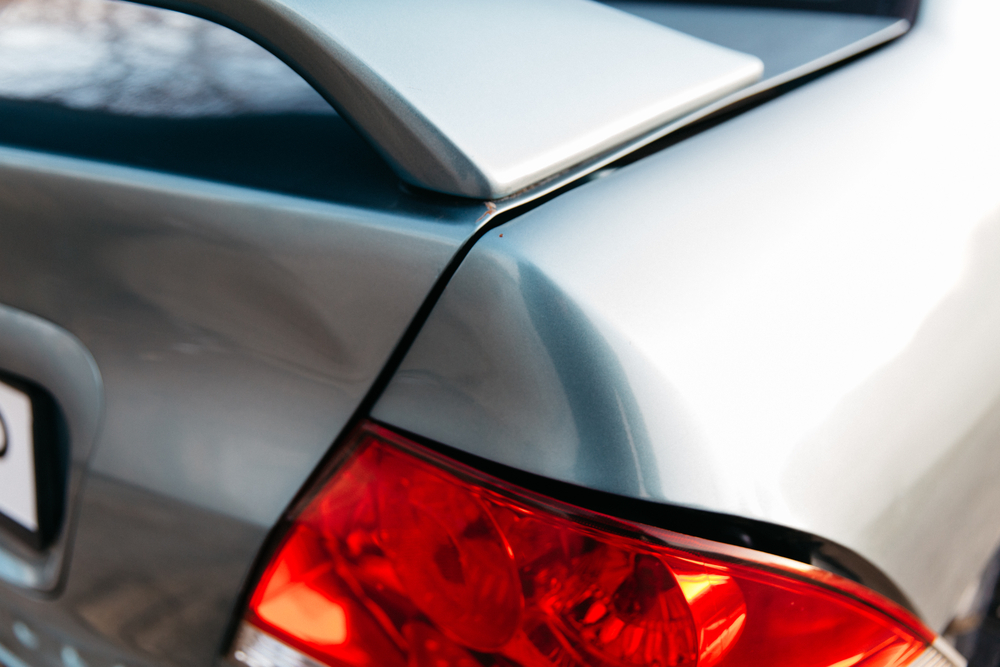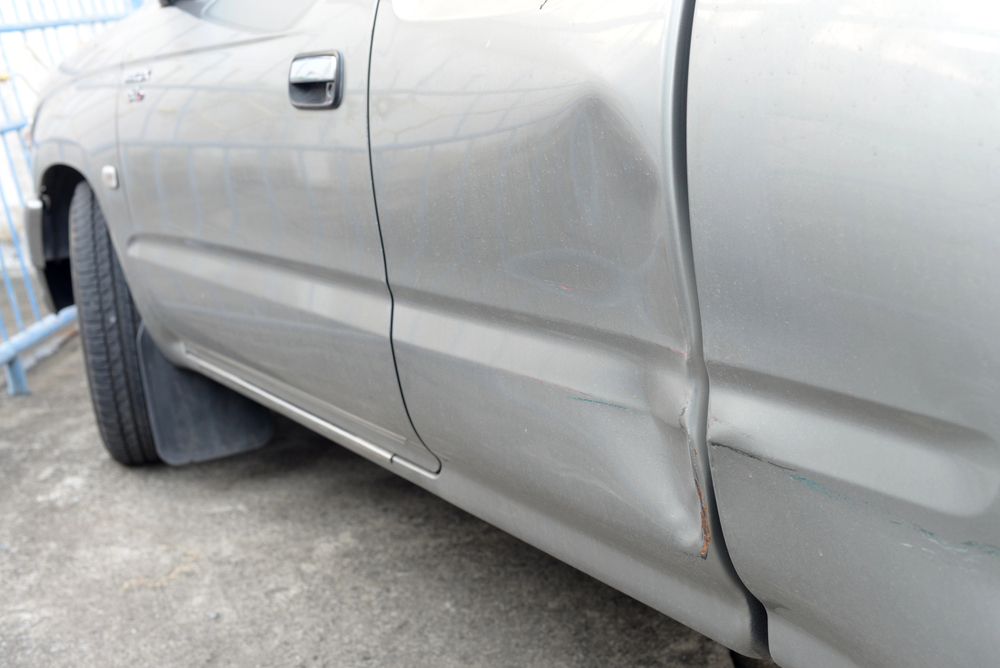Have you been in an auto collision where more than the outside is damaged? Wondering if you can receive repairs for the interior and exterior of your vehicle from the same auto body repair shop in Medford, NJ? While exterior damage may be the most visible, addressing interior damage is equally essential for restoring your vehicle to its pre-damage condition. Fortunately, many auto body repair shops in Medford offer comprehensive services that encompass both exterior and interior repairs.
Key Takeaways
- Auto body repair shops in Medford, NJ, handle both exterior and interior vehicle damage to restore cars to their pre-damage condition.
- Services include upholstery repair or replacement, dashboard repair, interior panel repair or replacement, electrical component repair, and water damage restoration.
- Shops repair dashboard cracks and dents, address control malfunctions, and fix or replace damaged door panels and center consoles.
What Do Auto Body Repair Shops in Medford, NJ Do?
Auto body repair shops in Medford, NJ, offer a comprehensive range of services aimed at restoring vehicles to their optimal condition after sustaining damage. Whether the damage is due to accidents, environmental factors, or general wear and tear, these shops provide skilled technicians and advanced tools to address various issues.
That said, some shops offer more services than others. At Elmer’s Auto Body, our primary focus is on collision repair. Our team works on structural (frame) repairs, body panel repairs and replacements, and paint matching. We also perform dent and scratch removal using conventional techniques and paintless dent repair (PDR). In the event those repairs require interior and mechanical repairs, our technicians can perform that as well.
Services Typically Required to Repair the Interior of a Damaged Vehicle
As mentioned earlier, some auto body repair shops offer different services. It is important to make inquires to see if the service you need can be performed at the shop of your choosing. To help you better describe what you nee to the collision repair shop in question, here is a list of the services often used to repair damaged interiors:
Upholstery Repair or Replacement
Skilled technicians can mend rips and tears in the upholstery, whether it’s cloth, leather, or vinyl. They can also address burns caused by cigarettes or other sources and remove stubborn stains using professional-grade cleaning agents and techniques. In cases where the upholstery is extensively damaged or worn out, a complete replacement may be recommended. This involves removing the old upholstery and installing new material that matches the original design, restoring both the aesthetics and functionality of the vehicle’s interior.
Dashboard Component Repair
Technicians can fix cracks, dents, and other damage to the dashboard, ensuring it maintains its structural integrity and appearance. Repairing these issues promptly can prevent further deterioration and maintain the vehicle’s safety features. Additionally, repair shops can tackle problems with dashboard controls and electronic components, such as malfunctioning air conditioning controls, display screens, and instrument clusters. Ensuring these components work correctly is essential for the overall functionality and convenience of the vehicle.
Interior Panel Repair or Replacement
Damage to interior panels, including door panels and center consoles, can be repaired to restore the vehicle’s interior look and feel. Technicians can fix scratches, dents, and other types of damage to these panels, often using specialized tools and materials to match the original finish. When damage is too severe for repair, replacing the affected panels may be necessary. This process involves sourcing and installing new panels that match the vehicle’s original design and color, ensuring a seamless appearance.
Electrical Component Repair
Damaged electrical components such as window switches, door locks, and interior lighting can be repaired or replaced by skilled technicians. Addressing these issues promptly ensures that all electronic functions of the vehicle’s interior work correctly, contributing to safety and convenience. Technicians also ensure that all electrical repairs meet safety standards to prevent short circuits or other electrical issues that could pose a risk to the vehicle and its occupants.
Water Damage Restoration
In the event of flooding or significant water intrusion, technicians can assess the extent of the damage to the interior components. This includes checking for water damage in seats, carpets, and electronic systems. The interior must be thoroughly dried to prevent mold and mildew growth, which can cause health issues and further damage to the vehicle. Technicians use industrial-grade drying equipment and techniques to ensure all moisture is removed from the vehicle’s interior.
Damaged materials, such as soaked carpets or ruined upholstery, can be repaired or replaced to restore the vehicle’s interior to its pre-damage condition. This may involve replacing carpet padding, reupholstering seats, and addressing any residual odors or stains.
Get Your Vehicle Repaired After a Collision in Medford, NJ
Although auto body repair shops do not always offer all the interior repair services listed in this article, many do. These services ensure that your vehicle is restored to a safe, functional, and aesthetically pleasing. Whether dealing with minor issues or extensive damage, these shops provide the expertise needed to maintain the value and comfort of your vehicle.
At Elmer’s Auto Body in Medford, NJ, you can trust us for your body paint repair, auto body repair, bumper repair, fender repair, paintless dent repair (PDR), and hail damage repairs. If you need interior damages repaired after a collision, contact us to see how our certified technicians can help restore your vehicle to its pre-accident condition. Get in touch with us by filling out the online form today.

